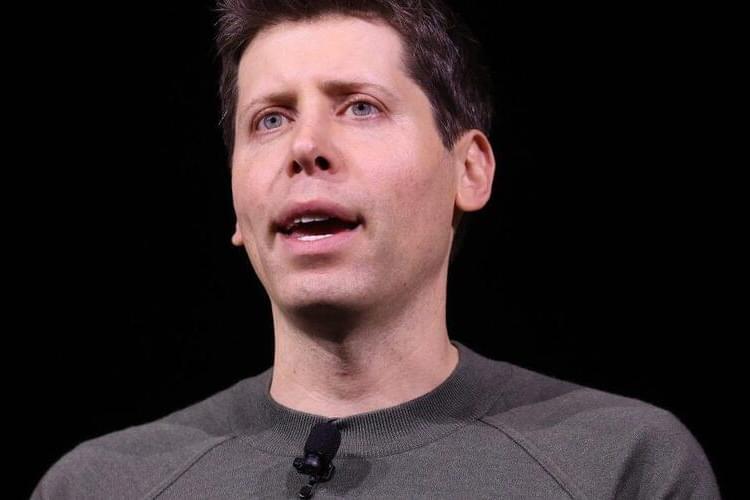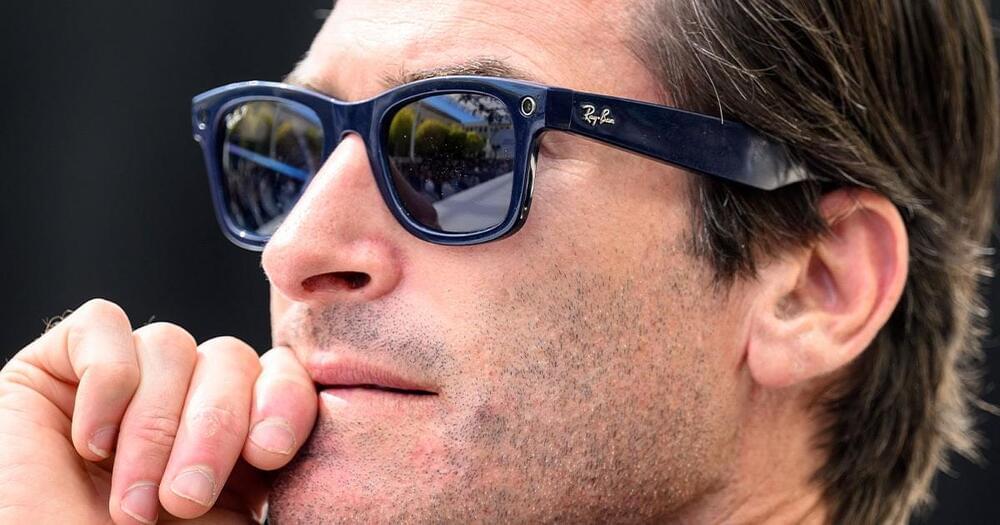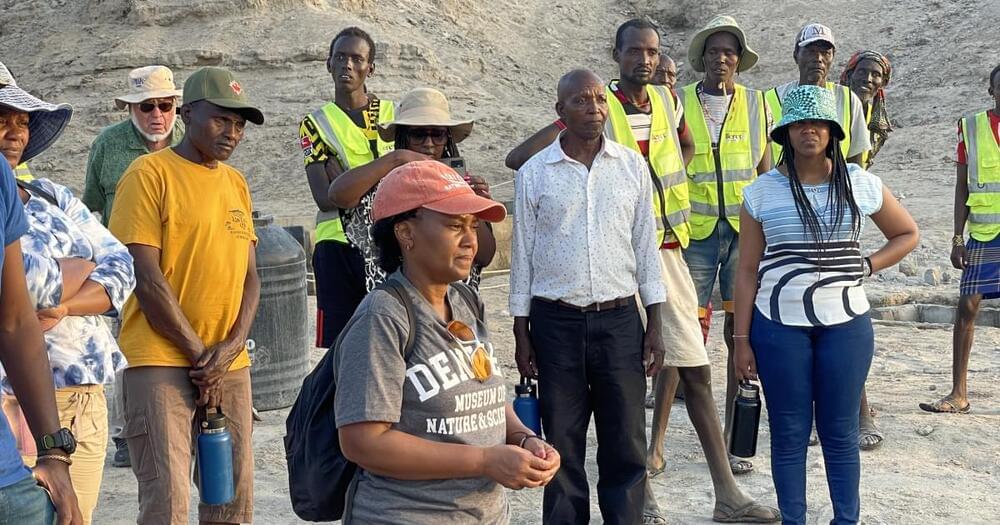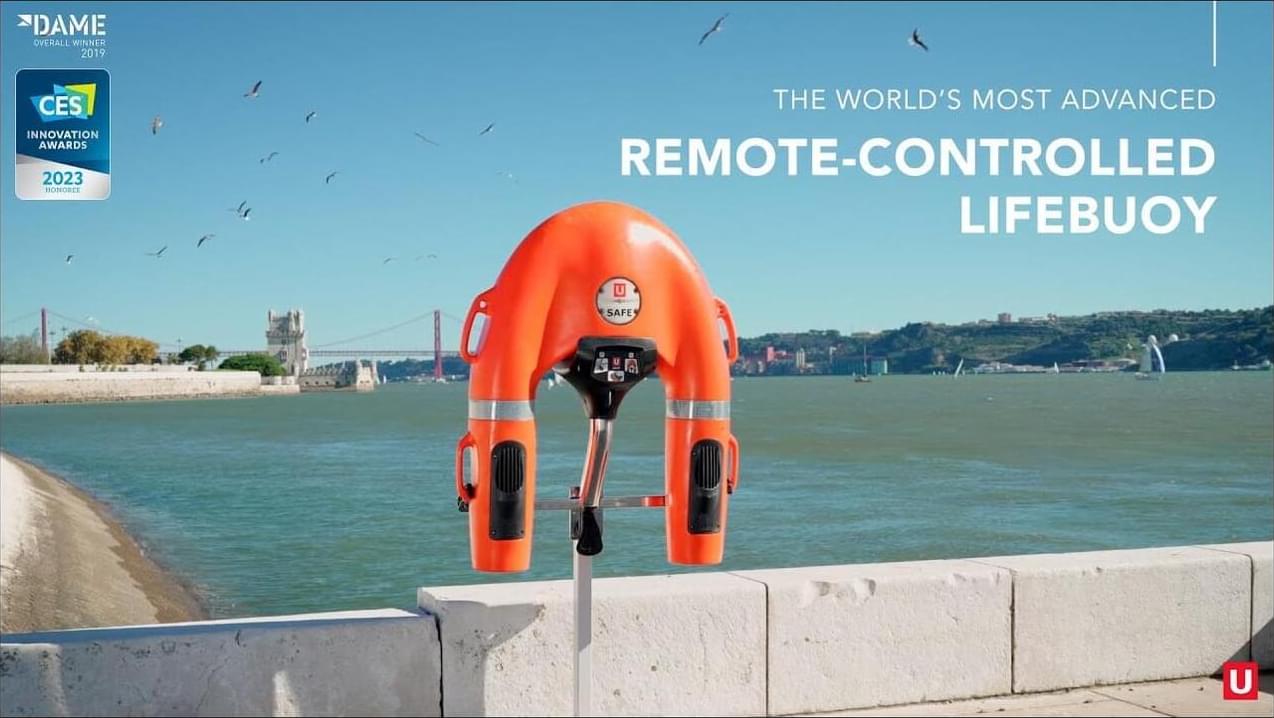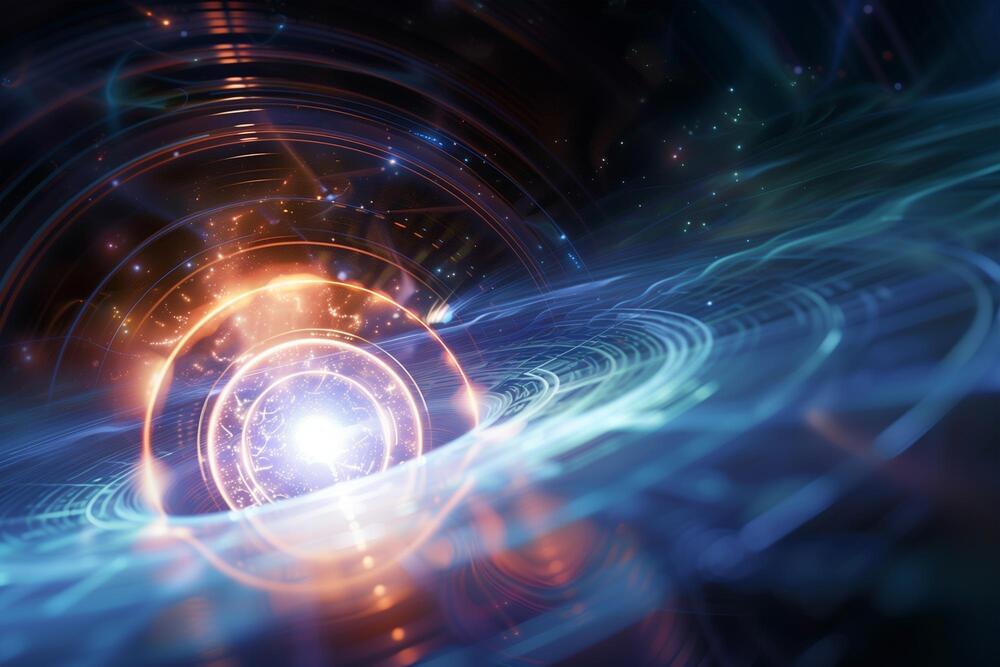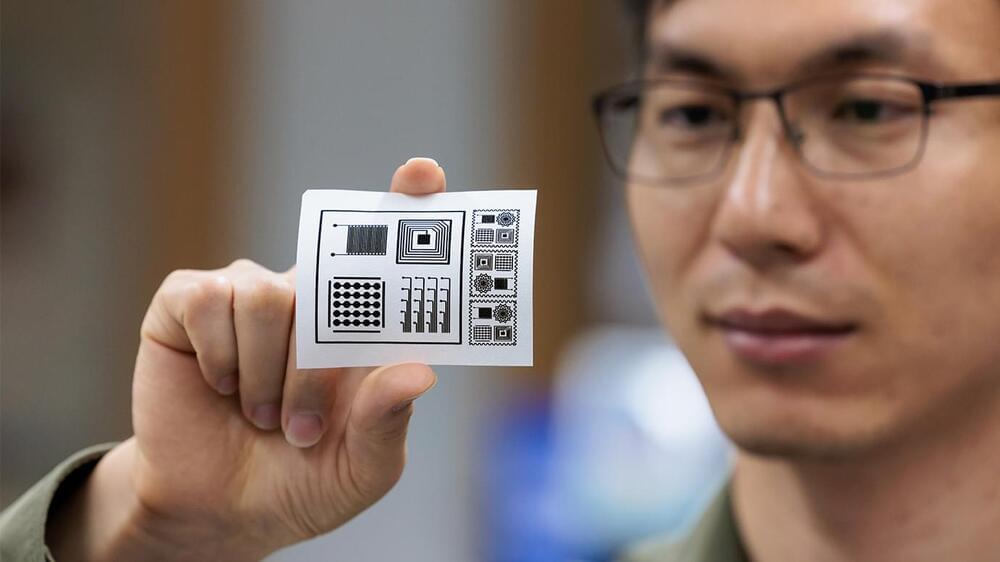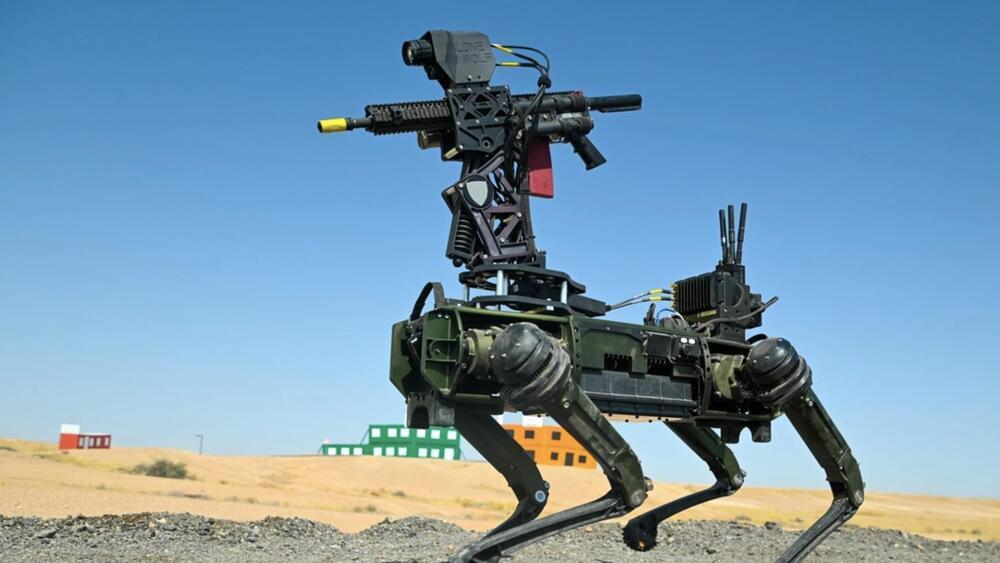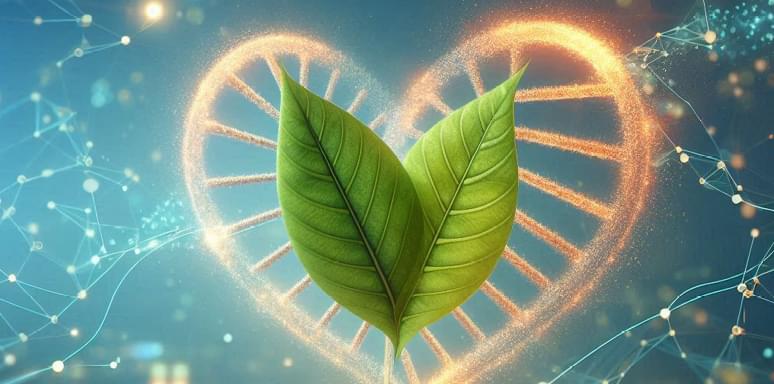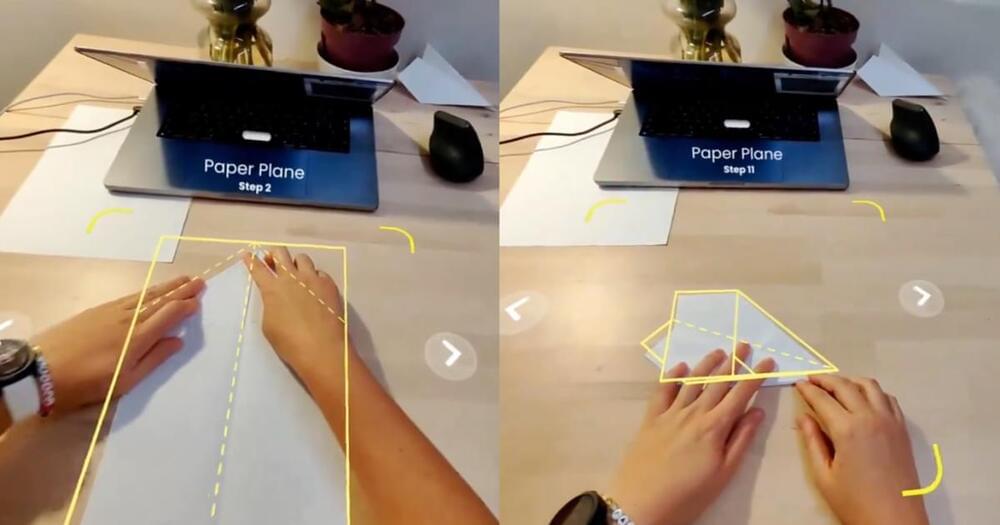“The new funding will allow us to double down on our leadership in frontier AI research, increase compute capacity, and continue building tools that help people solve hard problems,” https://openai.com/index/scale-the-benefits-of-ai/” rel=“noopener”>OpenAI said in its announcement of the deal on Wednesday.
The funding comes as the nine-year-old AI startup led by CEO Sam Altman faces increasing competition from the likes of https://fortune.com/company/alphabet/”>Google, Meta, and other AI startups, and at a time when OpenAI is dealing with its own growing pains—most famously, a boardroom coup last year in which Altman was briefly fired and then reinstated in a span of five days.
Since then, the company has been roiled by a https://fortune.com/2024/09/26/mira-murati-exit-openai-altma…ors-coup/”>string of high-level departures as it seeks to https://fortune.com/2024/09/13/sam-altman-openai-non-profit-…ext-year/”>evolve from its roots as a nonprofit research lab to a producer of commercial products capitalizing on the industrywide AI gold rush. Last month, OpenAI chief technology officer Mira Murati unexpectedly resigned to “create the time and space to do my own exploration.” And as Fortune reported this week, some insiders have voiced concerns that the https://fortune.com/2024/10/01/openai-sam-altman-mira-murati…ent-year/”>company’s commitment to safety has taken a back seat in the rush to release new products ahead of rivals.
